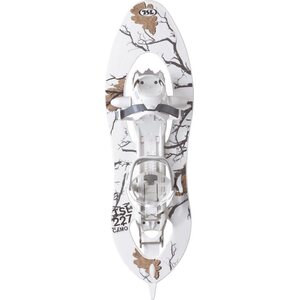
TOP 10 winter activities
アウトドア・アクティビティ, ジオキャッシング, ウィンタースポーツ, キャンプ, スノーカイト, クロスカントリースキー, スノーシューイング, バックカントリースキー by Varuste.net, 14.1.2021
When nature gives you a proper, snowy winter, it does inspire you in a whole new way to plan your outdoor activities. Even though I have not re-invented any winter sport for this post, I do give a nice list over things you can do or try in winter, under an instructor’s direction, for example. I hope it gives you great inspiration and excitement for this unique season.
1. Skiing
So obvious that I had to mention it first. You can choose between a lot of things: cross-country skiing is one of the most popular ways to fulfil yourself on a ski track. Skate skiing, classic style. You decide. If you have not skied for a while, or if you want to get tips for your technique and develop as a skier, check your local ski associations for guidance or courses. Worth trying!
In the Ladulle.fi service, you can see all the Finnish maintained tracks per town. You can consider cross-country skiing as pure cardio exercise, or you can also take a little break and have a picknick in the nature.
What about forest / backcountry skiing? In the last few winters, skiing on sliding snowshoes has become more and more popular and consolidated its position as a fun winter activity among forest enthousiasts. Sliding snowshoes combine seamlessly backcountry skiing and snowshoeing. The skis are wider and shorter than normal mountain skis and they have climbing skins at the centre of the base.
And then there is also the traditional backcountry skiing, the sport with staunch supporters. In a forest and in flat terrain, the skis must support the skier on deep snow. This is why forest skis are usually long and wide. They manufacture forest skis with different bases: traction pattern bases, waxable bases, grip coating, and skins.
When skiing in mountains in spring, use skis that are designed for those conditions. The snow that is hardened by the wind and the spring sun often requires stronger steel edges which give traction when skiing on a sloping surface. Mountain skis are usually not as long and wide as forest skis since there is no need for as much flotation.
How to choose backcountry skis
2. Snowshoeing
Snowshoeing is easy and fun. If you can walk, you can snowshoe. Snowshoes are great because you can walk on deep snow without sinking in it. With normal shoes, you usually sink. Whether you want to walk and take it easy, or run and exercise, it is many times funnier with snowshoes. You can climb and go down hills as safely as possible, since good snowshoes have snow pikes that create good grip.
How to choose snowshoes


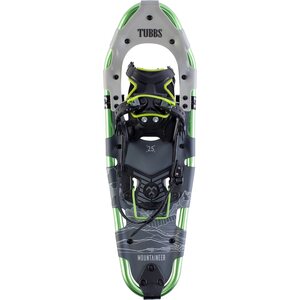

3. Ice fishing
Ice fishing is a nice and exciting winter activity. Don’t forget to act responsibly on ice! Central elements in ice fishing, as in all (winter) activities, is good clothing and equipment.
A successful ice fishing trip requires thick ice, and an ice fishing sledge makes the trip a lot easier. An ice drill, a jigging rod, and other equipment like lures are essential. For all activities done on natural ice, Varuste.net always recommends ice claws (+ learning how to use them), a throw line, and an immersion suit or a dry undersuit.
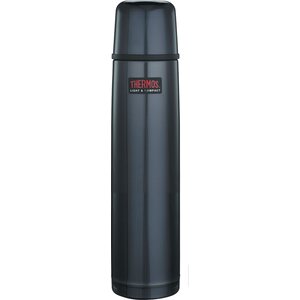
(28,62 €, 付加価値税 0)
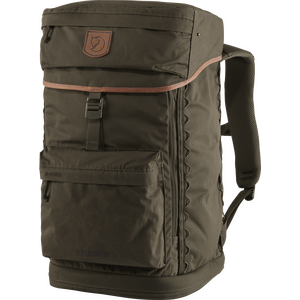
(158,73 €, 付加価値税 0)

(50,93 €, 付加価値税 0)
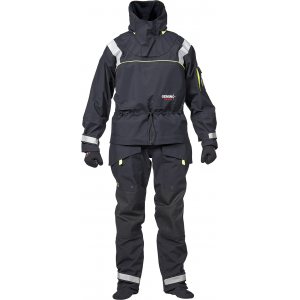
(1 035,06 €, 付加価値税 0)
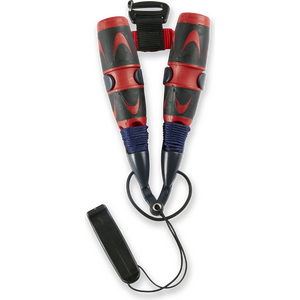
(20,01 €, 付加価値税 0)
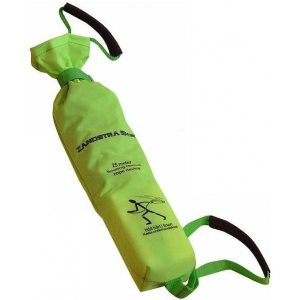
(19,06 €, 付加価値税 0)

(0,70 €, 付加価値税 0)
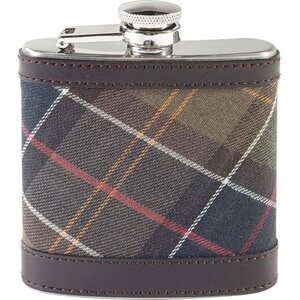
(38,18 €, 付加価値税 0)
4. Tour skating
Tour skating is recreational ice skating on natural ice, allowing you to go long distances and enjoy the nature in a whole new way.
It involves using tour skates, which have longer blades than normal ice skates, and following safety instructions for skating on natural ice. Elementary tour skating courses will give you broad introductions to this sport – but if you know someone who has experience of tour skating, ask if you can join them for an easy skating trip. Remember that you don’t have to start the hobby by sweating your guts out, but you can get amazing experiences by skating along shorelines in national parks or recreational areas. Take some food with you, and warm juice!
Tour skating
5. Snowkiting
Snowkiting on snow or on ice is a great activity and a good springboard if you are interested in kitesurfing. It is easier to start with kiting on a solid ground than with surfing on water surface.
This sport has become very popular in Finland in a very short period of time. No wonder, the Finnish nature in winter with thousands of frozen lakes give us unique conditions for this activity. There are not many other countries with so good possibilities and so many places to do it than Finland. With some snow, a little bit of wind and right equipment, you can turn a cold winter day into an experience filled with adrenaline or make nice and satisfying trips in nearby nature.
To get a safe start into the sport, check courses organised by our partners, available in all levels
6. Geocaching
You can, and should, combine geocaching with some of the abovementioned winter activities. Geocaching with skis or snowshoes is amazing, and it is easier to go to islands by ice than it is while lakes and sea are not frozen (NOTE: always remember safety equipment)
Geocaching is a collective activity where other geocachers hide caches of different sizes and levels in nature or in urban environments. Caches may present you interesting new places, lead you to exciting routes, or just give you the joy of searching and finding. To find caches, you use the GPS satellite positioning system. It is not necessary to use any particular GPS device anymore, since smartphones and geocaching apps are nowadays so good that you can do well just with them. However, a GPS device can be more accurate in some places, and it won’t use your mobile phone battery in vain.
When you are planning a geocaching trip, make sure that the cache or caches you are going for can be found in winter. Read the cache descriptions also to learn if you need some special equipment, climbing accessories, etc. Most caches can be found without any special equipment but check at least if the cache can be found in winter.
7. Sledging
Even though we are no sledging store, we still think that sledging is one of the greatest winter activities. You can do sledging with normal sledges, snow gliders, or why not even bathtubs. My point is that no matter how old you are and whether your equipment is a refuse sack or a high-end steerable sledge, you should go sledging, always.
8. Building snow castles, ice lanterns, and other sculptures
It is easy and common to build snow castles and other things of wet snow. But when it’s freezing, you can build nice things of frozen snow, too: you can fill a plastic box / a removal case with frozen snow and pack it down firmly with a shovel, for example. When firm enough, you can tip it over to get a nice building element. Repeat, and you have elements to start the construction with. You can also put water into milk or juice boxes and freeze it. In this way, you get good material for all kinds of snow installations.
9. Winter swimming
For some people, winter swimming is a MUST thing to do in winter, and for others, it is surprisingly hard. It is true that few (but probably some) of us enjoy the feeling when their feet get frozen in snow or on icy ground, and you don’t necessarily feel like swimming when your ankles and hands and wrists are freezing in the cold. Well. Neoprene boots and gloves will change your mind. You can also put on a nice warm beanie before going into the water. And if there is a sauna or a warm changing room near you, the experience will definitely be very refreshing and pleasant.
冬に泳ぐ人へのヒント
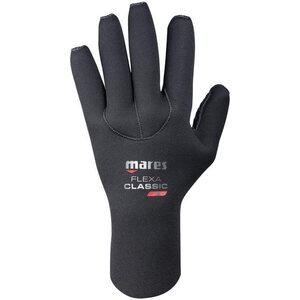
(20,97 €, 付加価値税 0)
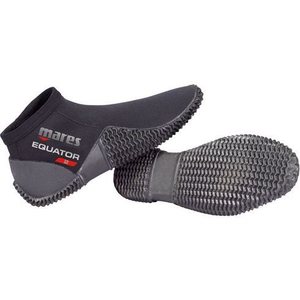
(22,25 €, 付加価値税 0)
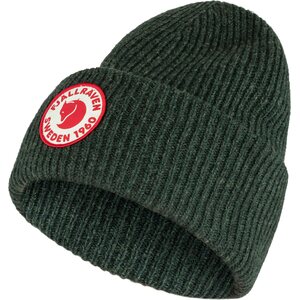
(41,37 €, 付加価値税 0)
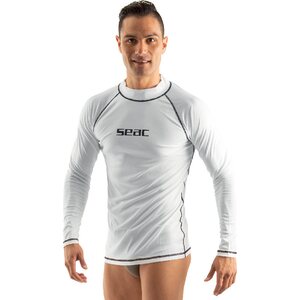
(20,97 €, 付加価値税 0)
10. Ice diving
Not for the faint-hearted, nor for the very beginners. But adventurous pleasure-seekers, welcome! If you know how to dive and manage the flotation in cold waters in proper equipment, you might be interested in diving under ice. People follow ALWAYS strict safety instruction and procedures when icediving, so you shouldn’t try it independently without proper knowledge and skills. But with an adequate level of know-how, this sport gives you unique and safe nature experiences.
Sukelluskoulu Aalto, Varuste.net’s own diving school, organises ice diving trips for competent icedivers. For people who are not yet familiar with this sport, we organise elementary courses in ice diving every winter – when the waters are frozen.
NOTE! Freedivers: ask us about freediving courses in icy conditions. We cooperate with Europe's best freediving instructors who are also specialized in under ice freediving.
